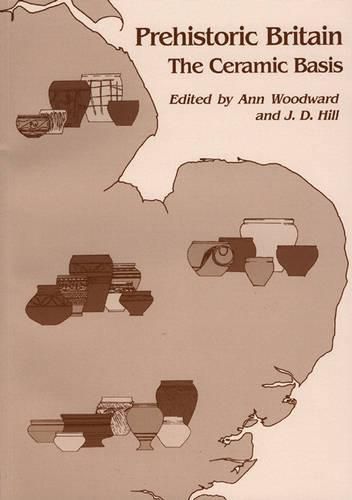Readings Newsletter
Become a Readings Member to make your shopping experience even easier.
Sign in or sign up for free!
You’re not far away from qualifying for FREE standard shipping within Australia
You’ve qualified for FREE standard shipping within Australia
The cart is loading…






Studies of prehistoric pottery in Britain have changed dramatically through the 1990s and many of these developments are considered here by members of The Prehistoric Pottery Research Group. They argue that key aspects of pottery technology and usage can provide us with indicators for some of the many things that we wish to know about people in prehistory: how they lived, worked and subsisted on a daily basis, how their activities varied by the seasons, how they celebrated festivals and rites of passage at home and with other people, how they interrelated and socialized with their neighbours at local and regional levels, and how they related to the world around them. The potential to manufacture vessels of many different sizes, shapes and styles meant that customs of presenting food, drink and drugs, both at the domestic and communal levels could be highly elaborate. The shapes, colour, texture and decoration of pottery vessels could be developed to signify kinship or status, and to act as symbolic markers relating to many spheres of social and spiritual life.
$9.00 standard shipping within Australia
FREE standard shipping within Australia for orders over $100.00
Express & International shipping calculated at checkout
Studies of prehistoric pottery in Britain have changed dramatically through the 1990s and many of these developments are considered here by members of The Prehistoric Pottery Research Group. They argue that key aspects of pottery technology and usage can provide us with indicators for some of the many things that we wish to know about people in prehistory: how they lived, worked and subsisted on a daily basis, how their activities varied by the seasons, how they celebrated festivals and rites of passage at home and with other people, how they interrelated and socialized with their neighbours at local and regional levels, and how they related to the world around them. The potential to manufacture vessels of many different sizes, shapes and styles meant that customs of presenting food, drink and drugs, both at the domestic and communal levels could be highly elaborate. The shapes, colour, texture and decoration of pottery vessels could be developed to signify kinship or status, and to act as symbolic markers relating to many spheres of social and spiritual life.